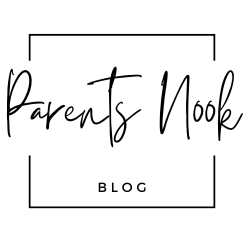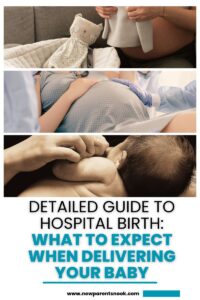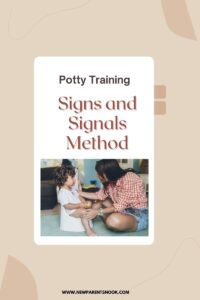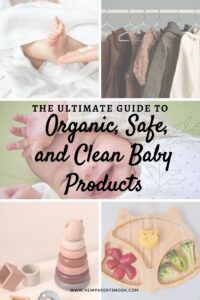Some links on our blog are affiliate links, meaning at no extra cost to you, we may earn a commission if you purchase through them. We participate in the Amazon Affiliate Program, and we recommend products we believe in. Your support helps us keep providing valuable content. Thank you!
Preparing and Storing Formula: Ensuring Your Baby’s Health and Safety
Correctly preparing and storing baby formula is vital for your infant’s well-being.
Following strict hygiene practices can prevent contamination and illness, ensuring your baby receives the nutrition they need in the safest manner possible.
Here’s a comprehensive guide to help you master the preparation and storage of baby formula.
Sterilizing Equipment
Before preparing formula, ensure all feeding equipment, including bottles, nipples, rings, and caps, are thoroughly cleaned and sterilized.
You can sterilize equipment by boiling it in water for 5 minutes, using a microwave steam sterilizer bag, or utilizing a cold water sterilization solution. Sterilizing equipment is especially important for newborns and babies under three months, premature infants, or those with a weakened immune system.
Preparing Formula
- Wash Your Hands: Always wash your hands with soap and water before preparing formula.
- Use Safe Water: If using powdered or concentrated liquid formula, ensure the water is safe by boiling it for one minute and cooling it to no less than 70°C (158°F) before mixing. This temperature kills any harmful bacteria that might be in the powdered formula.
- Follow Instructions: Carefully read and follow the manufacturer’s instructions on the formula packaging. The correct water-to-formula ratio is crucial for your baby’s health.
- Cool the Formula: After mixing the formula with hot water, cool it to feeding temperature by holding the bottle under cold running water or placing it in a container of cold or iced water.
Feeding Your Baby
- Test the Temperature: Before feeding, test the milk’s temperature by shaking a few drops on the inside of your wrist. It should feel warm, not hot.
- Discard Unused Formula: Throw away any formula that’s been at room temperature for more than an hour or leftover formula your baby didn’t finish. Bacteria can grow rapidly in warm milk.
Storing Formula
- Powdered Formula: Once opened, store the formula powder in its original container with the lid tightly closed in a cool, dry place. Avoid storing it in the refrigerator, as moisture can cause clumping and spoilage. Use within one month after opening.
- Prepared Formula: If you prepare formula in advance, cool it quickly and store it in the refrigerator at 4°C (39°F) or colder for up to 24 hours. Label bottles with the preparation time and date to ensure freshness.
- Transporting Formula: When traveling, keep prepared formula cold by using an insulated bag with ice packs. Use it within two hours if kept at room temperature or within one hour once warmed.
Tips for Safe Formula Use
- Avoid Microwaving Formula: Microwaving can create hot spots that might burn your baby’s mouth. Instead, warm the formula by placing the bottle in a bowl of warm water or using a bottle warmer.
- Shake Bottles Gently: Vigorous shaking can introduce air bubbles, leading to gas. Gently swirl or shake the bottle to mix the formula thoroughly.
- Monitor for Spoilage: Be vigilant for signs of spoilage, such as an unusual odor, color, or if the formula has separated. When in doubt, discard the formula.
Properly preparing, feeding, and storing formula can seem daunting, but it’s a straightforward process once you establish a routine.
Always prioritize cleanliness and follow safe preparation practices to keep your baby healthy and well-nourished.







